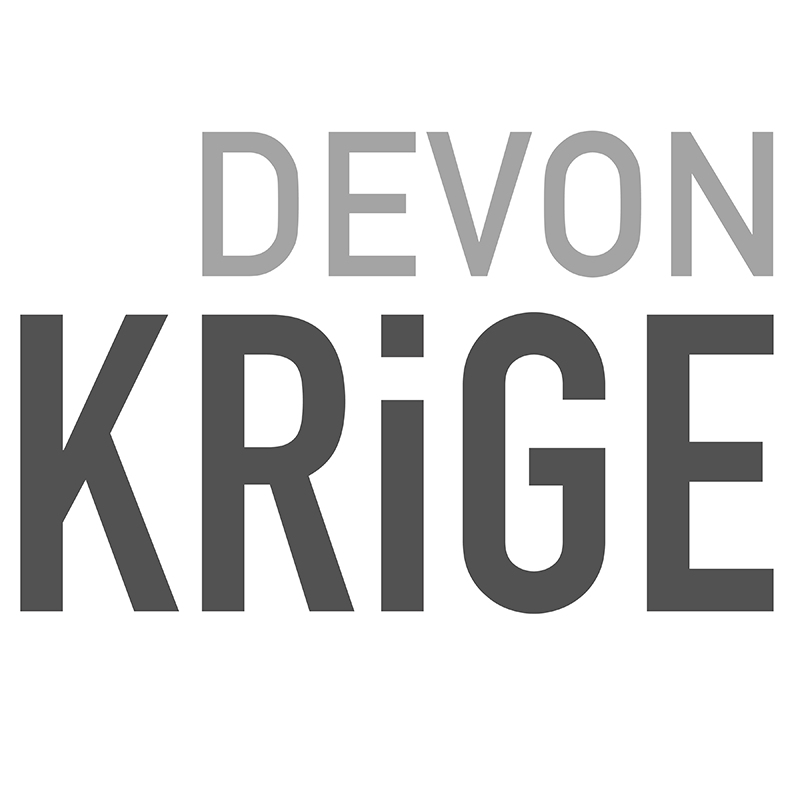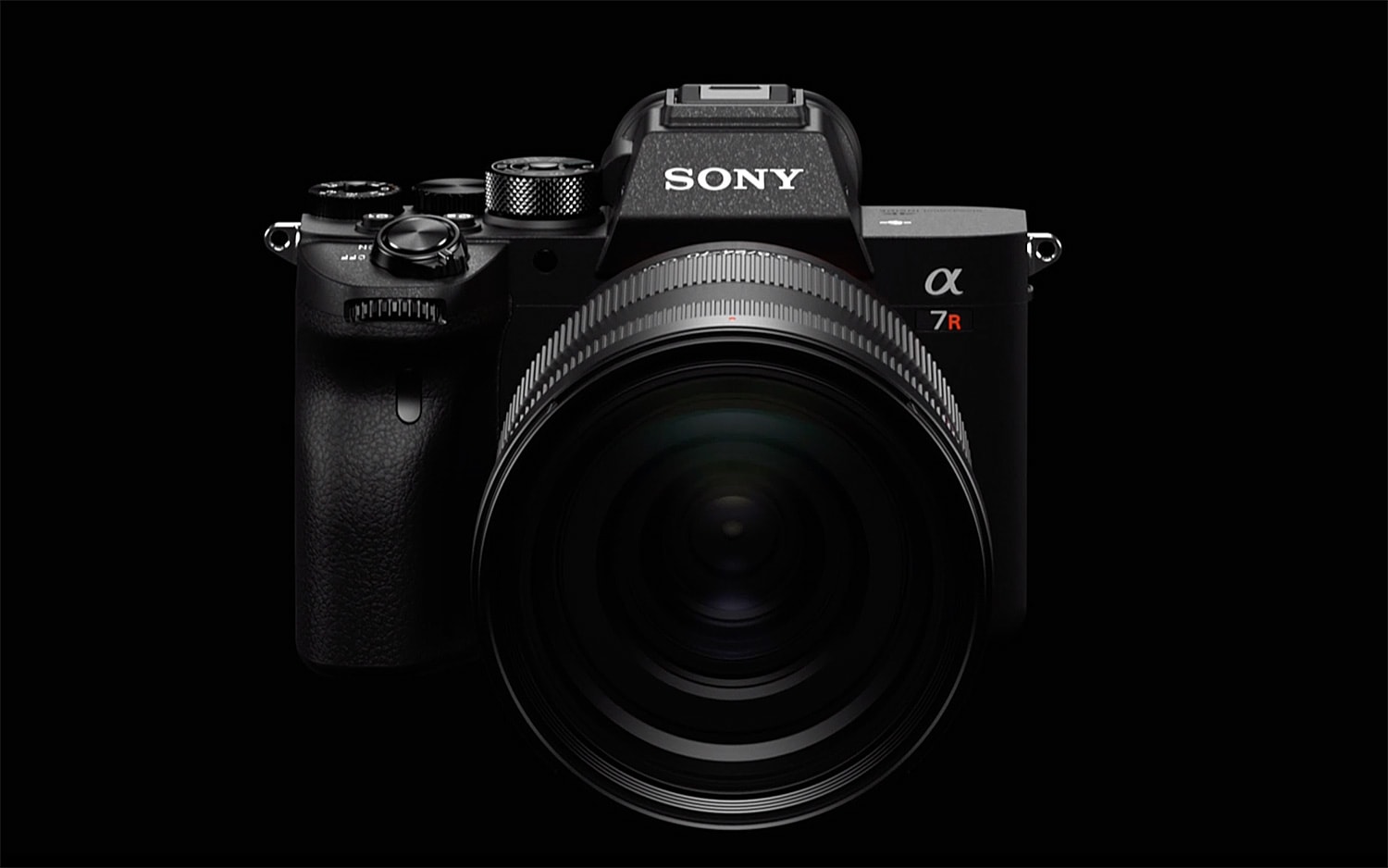Intro.
In this article, I will be guiding you through and discussing a start to finish guide of what goes into photographing an international tennis campaign along with a list outlining what equipment I rent and own and use on these jobs.
Photography is subjective, not all these ideas and lighting systems and setups will work for you, so take this with a grain of salt, it works for me and my style. Now, I would like to pass that knowledge on to you.
Preparations:
With any photographic shoot, there will undoubtedly be a brief. It’s essential to achieve this brief as it is the base to which we, as photographers, need to work to. Why have they hired you then, if you can’t be creative? Well, simple, a brief is merely guiding you for what the client is looking for. Adding your flare, style to the brief is like the icing on top of a cake. Each photographer comes with their unique style to complete the job correctly. The initial stages of the shoot require a lot of work, putting together the direction of the brief and how you plan on executing it. As a photographer, you will be required to put together a treatment or mood board. Treatments would be a collection of text, photography, mood references, colour references of how you would propose to shoot the job. Once the treatment is signed off and approved its time to plan your lighting set up base on the above along with the organising of lighting.
Outsourced Rental Equipment
You only have one chance to do everything right, and you have only one opportunity to capture Novak Djokovic. So gear and where you rent it from is essential. Most of these rentals come from rental houses, such as Sunshine Co – Cape Town, Sunstudios – Australia, a company out in Paris and then Addict Studios in Spain.
I choose to use the above mentioned rental house as they, one, have all the gear we need, but most importantly, they have variety and the quantity that we need. Most of our photographic assignments are more significant setups. I usually require four to five Profoto Pro 10 packs, and most rental companies don’t even have one of these packs, they are costly to keep and maintain. I also need for everything to come from one reputable company rather than from multiple places, can cause issues. As I make use of these rental companies regularly, the process is also more natural. But a word that comes to mind is reliability, both from the supplier but more importantly, equipment supplied is reliable. Now that you have sourced where you will be getting the lighting, here is what you’ll need.
On set
I usually plan for a day of setting up and testing lights. Doing this allows me to run through all and every problem that may occur, from tripping lights to troubleshooting with the packs. My assistance, which I have two of, set up the lighting, note they only put everything together. I do all the setting up of lights in the areas I want. Let’s start with the lighting packs. I use the Profoto Pro 10 packs with pro head plus lights. I use anywhere from 3 to 5 pack’s on my shoots with 6 to 8 pro head plus lights, respectively.
Most of the photography is of athletes or models, which in most cases, are moving about quite erratically. So why use them? Well, these lights have the unique ability to freeze any moving action. It achieves breathtaking flash durations of up to 1/80,000s and captures the action with bursts of up to 50 flashes per second. Mind-blowing stuff! Besides this, Profoto has over 80 Profoto light modifier heads, and this doesn’t include the generic range of light modifiers that one can purchase from brands such as Godox and Elinchrom. I also always request new or fresh, polly boards, which are painted black on one side, leaving the other side white. I have about eight of these delivered to the set.
Here is my set up on set
For the tennis campaigns, everything is essential, but the one thing that stands out for me, the parabolic Briese Focus 140. The light modifier was introduced to me by Sunshine Co’s Gareth Weber. It creates a silver light while keeping detail in the highlights, something no other light I’ve seen can do. The focus 140 provides detailed and crisp lighting. It is a real Allrounder. From straightforward hard lighting to soft subtle and clean light, the focus rod is easy to use, sliding forward for soft lighting and inward for harder, more direct lighting. I use this light as my key light source.
I then use a 5-foot octo box from above on a mega boom with winder, making this easier to raise up and down. I then have four parabolic umbrellas, two on either side of me as a fill light while the other two face the white backdrop. I will then have another two facing the player from behind with a Godox stip box light modifier giving a lovely sidelight.
My Equipment
- Cameras and Lenses
There are plenty of options out there to consider. Some work better in certain situations than others, so you’ll want to do a lot of research on what models will work best for your particular niche.
Sony A7R 4
Sony 70-200 F2.8 G-Master
Sony Planar 50mm F1.4
Sony 24-70 F2.8 G-Master
Sony A7R 4 Vertical Grip
- Tripod
A tripod is also an essential piece of equipment and for this I only use Manfrotto
- Flash
Lighting is an essential element of any photograph. Invest in this, you going to need good reliable lighting to be consistent. For this I only use two brands listed below.
Elinchrom BX500Ri
Profoto Pro 10 Pack
- Two (or more) external hard drives and Memory cards (with case)
Memory cards or Flashcards are paramount to digital photography. But, this normally would work. However, I shoot tethered, which is shooting and transferring photos directly to the computer or external hard drive. But if you are in need of memory cards, here are the brands I would recommend. The best flashcards are those that offer reasonable read and write speeds. For me, I use Lexar, Sandisk and Sonys Tough SD Cards.
Lacy Hard Drives
Sandisk SD Cards
Sony Tough SD Cards
Lexar SD Cards
- Bag/Backpack
When you’re transporting your camera from place to place, you need to make sure it’s protected. So invest in a good camera bag that you can use to keep your camera from getting broken or damaged.
Lowepro Whistler BP 350 AW is my choice of bags.
- Processing System
If you make use of a digital camera, you need a good laptop, for this, I make use of the Macbook Pro 15inch with razer sharp retina display. In today’s market, there is a lot of software that processes images. However, Capture One Pro for Sony is the most versatile and powerful capture software out there.
What I use for all my product photography.
Here are some of my top tips when shooting products, shoes to be more exact. I use three and sometimes four Elinchrom BX500RI lights with two wall boom arms, two turtle baby stands, and two Elinchrom light stands with black flags. My primary light which is attached to an Elinchrom Rotolux 130 Octo box sits from above on the one wall boom arm. My fill light which has an unbranded parabolic umbrella is attached to the second wall boom arm, situated directly behind me. The next light is mounted on top of the turtle baby stand and tilted at a 45deg angle toward the suspended shoe facing me. For this, I either use the Godox strip box with Elinchrom speed ring or the Elinchrom 60×60 softbox. The forth light sits on the second turtle baby stand with Godox strip box, facing the shoes and away from me, giving me a beautiful line running alongside the shoe.
Camera Equipment:
I’ve used many camera systems, from Canon to Nikon, back from Nikon to Canon and then finally Canon back to Nikon. Never has this been about which camera system is better. As I have slowly progressed through my career, I’ve used many systems that I have benefited on assignments photographically. As of now, I’m fully invested in Sony Mirrorless. Their products are amazing and have made so much more possible, photographically. Currently, the Sony a7R4 is my choice of camera along with top of the range G-Master lenses. The image quality is sublime with incredibly sharp lenses.
In Conclusion
Well, that brings us to the end! I hope you’ve found this list of recommended gear useful.
One final recommendation: don’t worry too much about the equipment that you’re using. It isn’t the camera that takes great photos, it’s the person behind the camera.


